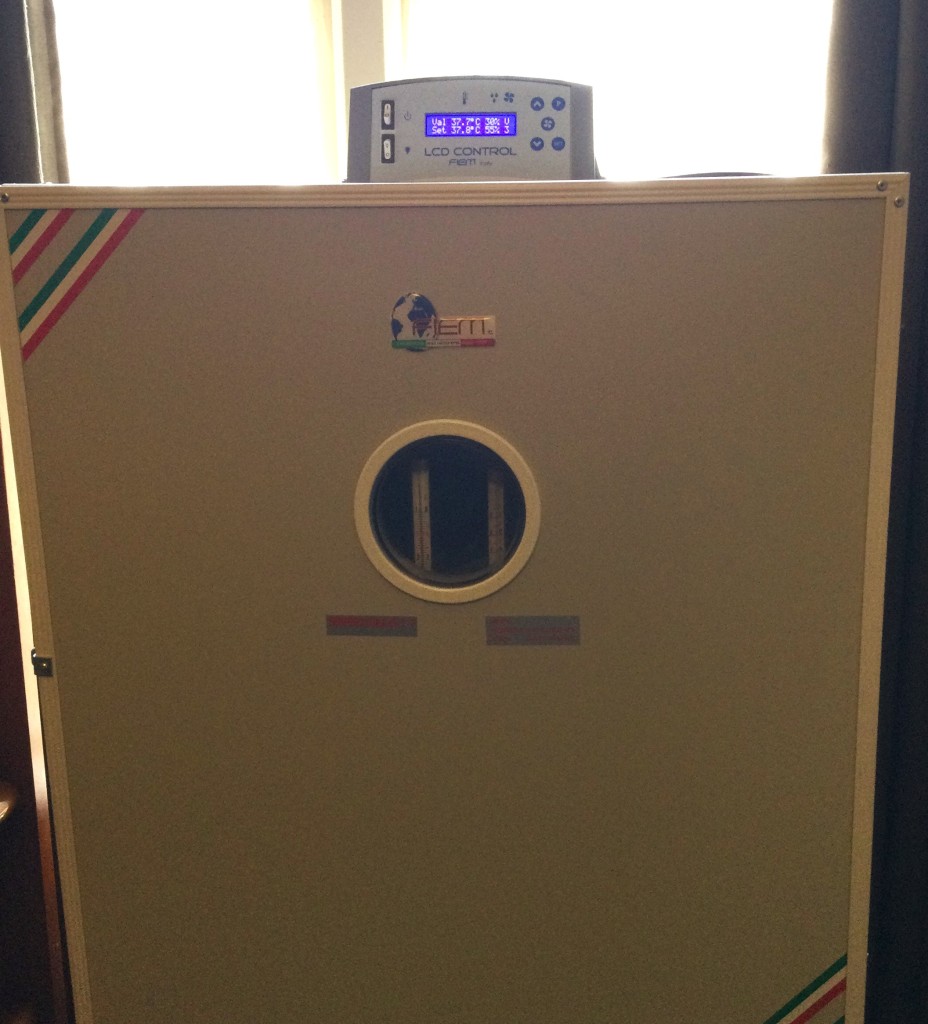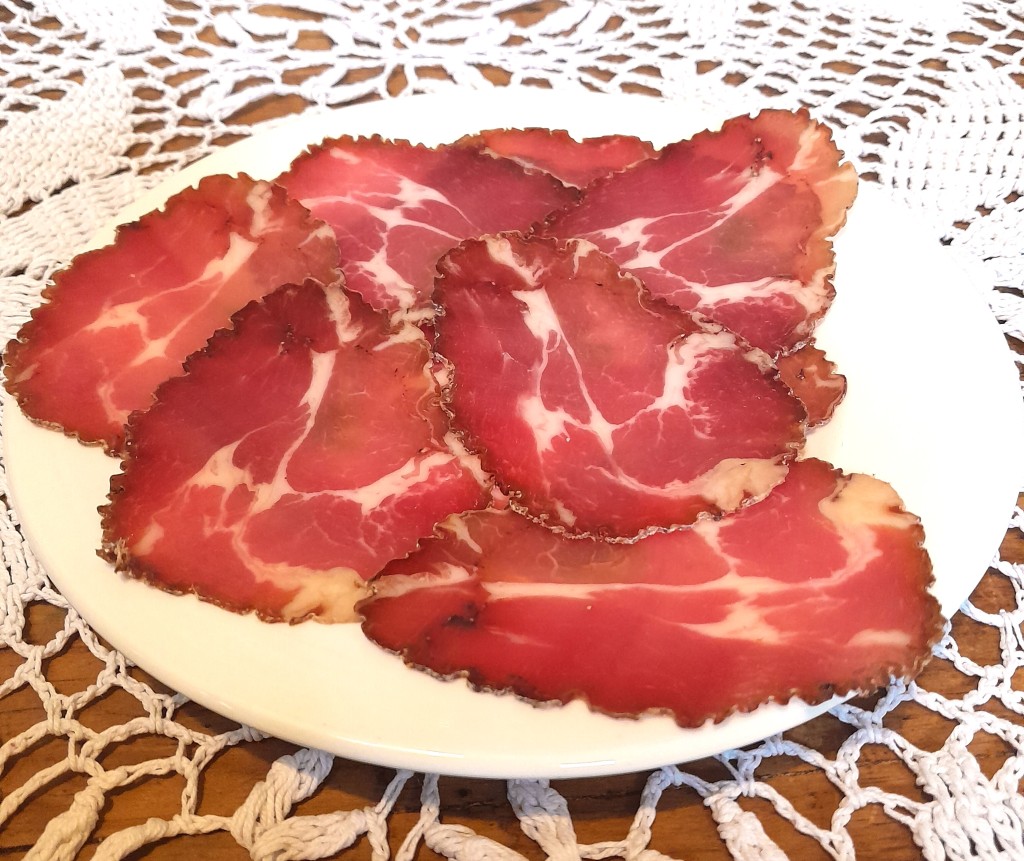
The following hatching conditions I have found over the years are giving the best hatching and survival rates for Coturnix coturnix quails
I collect eggs for up to 3 days, depending on how many I want to incubate, then class them for hatching.
1. Do not clean or wash the eggs at all
2. Remove any odd colours and shapes of eggs
3. Candle all eggs for fine cracks and discard cracked eggs
4. Weigh the eggs and only incubate eggs that are between 12 and 15 grams. Smaller eggs result in weaker chicks, while larger eggs (15 g plus) is not preferred since it becomes too large for the hens. The incidence of double yolks are not always detectable and is more frequent in larger eggs. I select hens for about 280 – 300 g body mass and do not breed from larger birds. This is the most economical bird and eggs size.

5. Incubators are set at 37.7 Celsius and 45 degrees Humidity. Hatchers are set at 37.5 C and 80 % Humidity. I monitor and adjust incubators and hatchers for both these two parameters with independent monitors as incubator measuring and displays are not always that accurate, even with my commercial, sophisticated and well proven machines. Notice the independent thermometers and wet bulb thermometers through the front windows of the machines. Preheat incubators and hatchers for a couple of hours before setting.

I am always trying to simulate nature during incubation and hatching and therefore keep the inside of the machines dark, as if under a hen. Furthermore there are some research published lately suggesting to have better hatching results if the incubators and hatchers are switched off for about 30 minutes every day, again simulating the hen getting up to eat. I have not tried it, but will experiment with this soon.
Keep hatchers and incubators in an environment as close as possible to the setting parameters. Also avoid fluctuations in conditions and make sure there are no drafts, but it should be very well ventilated.
6. Coturnix coturnix eggs are incubated for 14 days (37.7 Celsius and 45 degrees Humidity) while automatically turned every 2 hours. Then they go into the hatcher (37.5 C and 80 % Humidity) until hatching at about 17 days. I leave the chicks undisturbed for 24 – 36 hours after the first chick hatched and then move all the hatched chicks to the brooders and stop hatching. I do not assist any chicks that struggle to hatch, or still in the eggs.

HATCHING TIMES
I use the same incubation and hatching parameters for many other species as well. All are moved to the hatchers 3 days prior to hatching and are just left in the incubators until 3 days before hatching, whatever time that may be.
Pheasants 24 Days (21 + 3)
Partridge 23 Days (20 + 3)
Bob White Quail 23 Days (20 + 3)
Californian Quail 22 Days (19 + 3)
Coturnix coturnix 17 Days (14 + 3)







